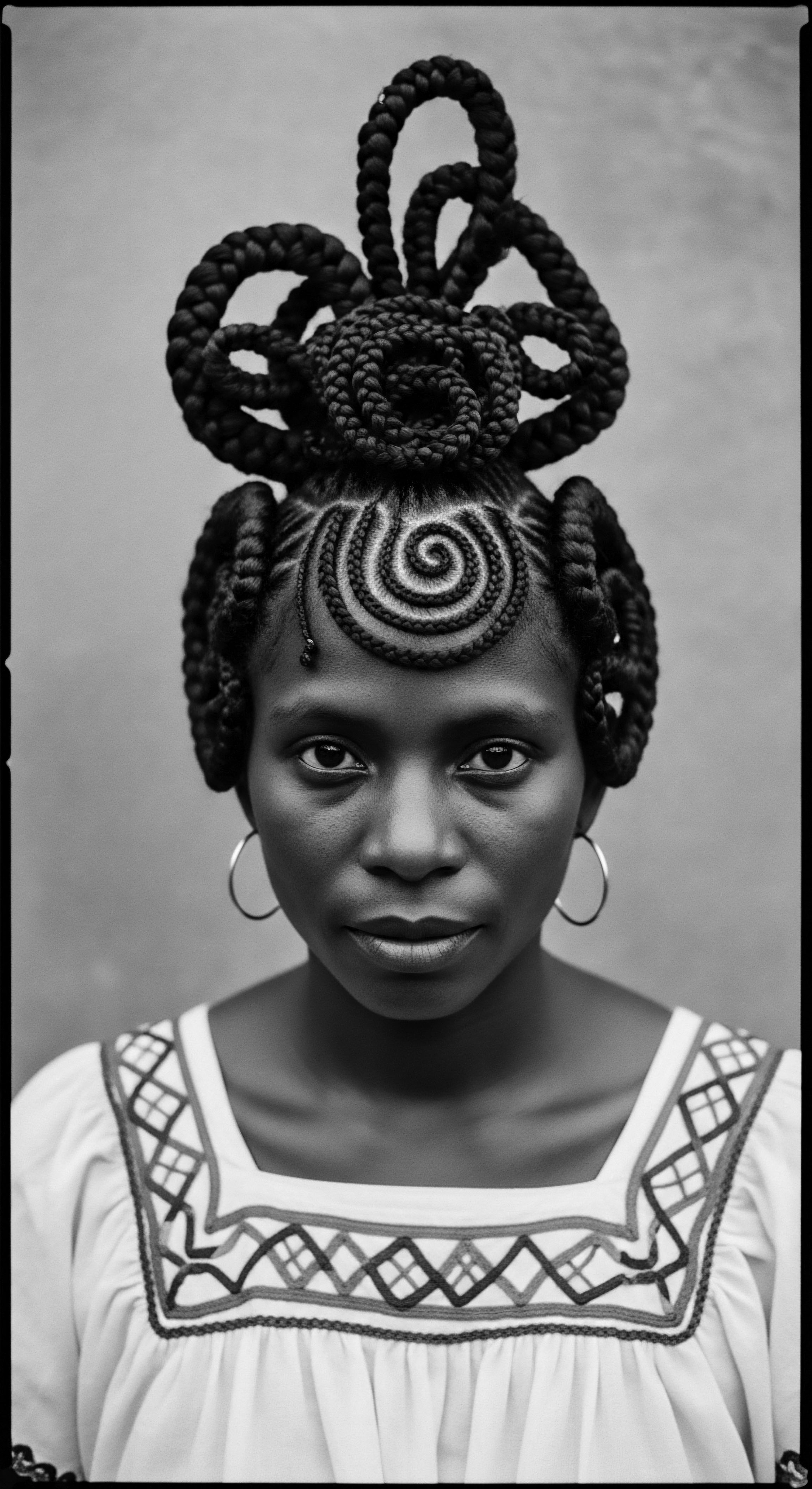
Roots
The very strands that crown a head – especially those with the intricate coils and waves of textured hair – are not simply biological formations. They are, in truth, living archives, each helix a repository of human story, tradition, and profound societal interaction. For those whose lineage traces through the global Black and mixed-race experience, hair is a chronicle, its heritage woven into the fabric of identity, resistance, and boundless artistry. When we turn our attention to the historical dictates regarding textured hair, we are not simply reviewing legal codes.
We are exploring the persistent, often painful, attempts to legislate away identity, to control self-expression, and to sever the deep connection to ancestral ways of being. These laws, sometimes explicit, often implicit societal pressures, reveal a stark truth about the power ascribed to textured hair across centuries. They reveal how a curl, a coil, a loc, could be seen as a challenge to established orders, a vibrant banner of belonging that demanded regulation.
Textured hair laws are not mere legal footnotes; they are deeply etched chronicles of societal control over Black and mixed-race identity and heritage.

Understanding the Hair Structure and Its Heritage Implications
To truly grasp the weight of these historical edicts, one must first appreciate the inherent, complex majesty of textured hair itself. At its most elemental, textured hair, whether a tight coil or a loose wave, possesses a unique elliptical cross-section, quite distinct from the rounder profile of straight hair. This structural difference, a biological marvel, contributes to its remarkable volume, its spring, and its ability to hold intricate styles without external aid.
This intrinsic character was understood intuitively by ancestral communities long before microscopes revealed cellular truths. They observed how kinky hair could be sculpted into towering forms, how braids could protect the scalp, how the very act of twisting and coiling hair was a means of communal bonding and spiritual expression.
Ancient African civilizations, from the Egyptians to the Yoruba, recognized this inherent flexibility and strength. Their practices, honed over millennia, treated hair as a sacred extension of the spirit and a marker of social standing, tribal identity, and marital status. The act of tending to textured hair was a ritual, passed down through matriarchal lines, involving specific oils, combs carved from wood or bone, and styling techniques that communicated nuanced messages without uttering a word. The very structure of the hair informed these practices, creating styles that were not merely decorative but deeply functional and symbolic.
Consider the Hair Classifications we use today, often numerical or alphabetical (like the Andre Walker system 4A, 4B, 4C). While these provide a modern framework for understanding curl patterns, it is vital to acknowledge their genesis and the historical biases they sometimes carried. Many of these systems, despite their scientific veneer, arose in contexts where Eurocentric beauty standards predominated, sometimes subtly assigning a hierarchy to hair types based on their ‘manageability’ or ‘softness’ – terms often loaded with historical prejudice against highly textured hair. Ancestral understandings of hair, by contrast, focused on its health, its ability to hold meaning, and its role in communal life, rather than on a comparative scale.

How Did Laws Influence Traditional Hair Lexicon?
The very language used to describe textured hair and its care was often shaped, or reshaped, by the imposition of laws and social norms. In many societies where textured hair was devalued, derogatory terms became common, reflecting and reinforcing systemic oppression. Yet, within communities, a rich lexicon persisted, one that honored the hair’s natural form and the ancestral practices associated with it. Terms like Braids, Locs, and Twists carry a weight of history far beyond simple descriptors; they are echoes of survival, creativity, and persistent identity.
For instance, the word ‘locs,’ a shortened form of dreadlocks, speaks to a deeply spiritual and ancient tradition across various African cultures. These styles, which form naturally when hair is left to coil upon itself without combing, were often seen as a connection to the divine, a symbol of strength and reverence. Yet, colonial powers and later, discriminatory legal systems, often demonized locs, associating them with ‘savagery’ or ‘uncleanliness,’ a deliberate attempt to undermine the cultural significance and heritage of the style. This linguistic battle over hair was, at its heart, a battle over self-perception and belonging.

The Unseen Hand of Environment on Hair Growth Through History
Beyond direct legislation, factors such as historical environment and nutrition also played a significant, if indirect, role in the experience of textured hair, influencing its health and appearance, which in turn could impact societal perceptions and, consequently, legal scrutiny. During periods of forced migration, enslavement, or economic hardship, access to nutrient-rich foods and clean water was often severely limited. These conditions directly affect hair health, causing dryness, breakage, or stunted growth. Hair, like skin, is a mirror of internal well-being.
Ancestral practices often included the use of local botanicals and natural oils, a testament to the adaptive ingenuity of communities in supporting hair health with available resources. Shea butter, coconut oil, and various plant extracts were not merely cosmetics; they were essential components of hair care regimens, passed down through generations. These practices were a form of heritage preservation, a quiet defiance against conditions that sought to diminish not only the body but also the spirit and its expression through hair. The laws, by often restricting public presentation of natural or traditional styles, further compounded these challenges, making the simple act of maintaining healthy hair a subversive one.

Ritual
The dance between law and the communal tending of textured hair forms a complex ritual, one where legal dictates often sought to disrupt deeply ingrained care traditions and expressions of identity. These efforts, though rooted in control, often served, paradoxically, to solidify the resistance and resilience inherent in the heritage of Black and mixed-race hair. The styling practices, the very tools used, and the transformations hair underwent became sites of both contention and profound cultural affirmation.

How Have Protective Styles Preserved Heritage?
Protective styling, an ancient art, holds a central place in the heritage of textured hair care. Styles such as cornrows, box braids, and various forms of twisting were not simply aesthetic choices. They were practical solutions for managing and protecting hair, especially vital in environments where daily manipulation could cause breakage or when manual labor was prevalent. Moreover, these styles often carried coded meanings, serving as maps to freedom during times of enslavement, indicating tribal affiliation, or communicating marital status in ancestral African societies.
The continuity of these styles, despite legal and social pressures to conform to European beauty standards, is a profound testament to their cultural significance. Even when laws or societal norms dictated that textured hair be covered or straightened, the knowledge of these protective styles persisted, passed down in quiet moments within families and communities. The act of braiding a child’s hair, for example, became a sacred ritual, a transmission of heritage and resilience, a defiant act against the forces attempting to erase cultural memory. This continuity demonstrates how deeply entwined hair traditions were with survival and identity.
One particularly poignant historical example, less commonly detailed in its full scope, concerns the enforcement of sumptuary laws and discriminatory dress codes during the Reconstruction era in the United States, following the Civil War. While the well-known Tignon Laws of Louisiana in the late 18th century are frequently cited, the subsequent, less formal but equally pervasive, societal and sometimes municipal efforts to suppress Black cultural expression through appearance during Reconstruction often went unwritten into formal statutes but were enforced through social sanction, economic pressure, and localized ordinances. For instance, in many Southern towns, unwritten rules or vague ‘public decency’ ordinances were selectively applied to discourage Black women from wearing elaborate traditional hairstyles or headwraps that asserted their identity and newfound freedom, pushing instead for styles deemed ‘respectable’ by white society. This period saw a concerted, though often decentralized, push to dismantle Black autonomy, with hair becoming a visible battleground.
The intent was not only to enforce a particular aesthetic but to subordinate newly freed people by undermining their cultural self-expression, directly attacking their ancestral heritage. (Morgan, 2018)
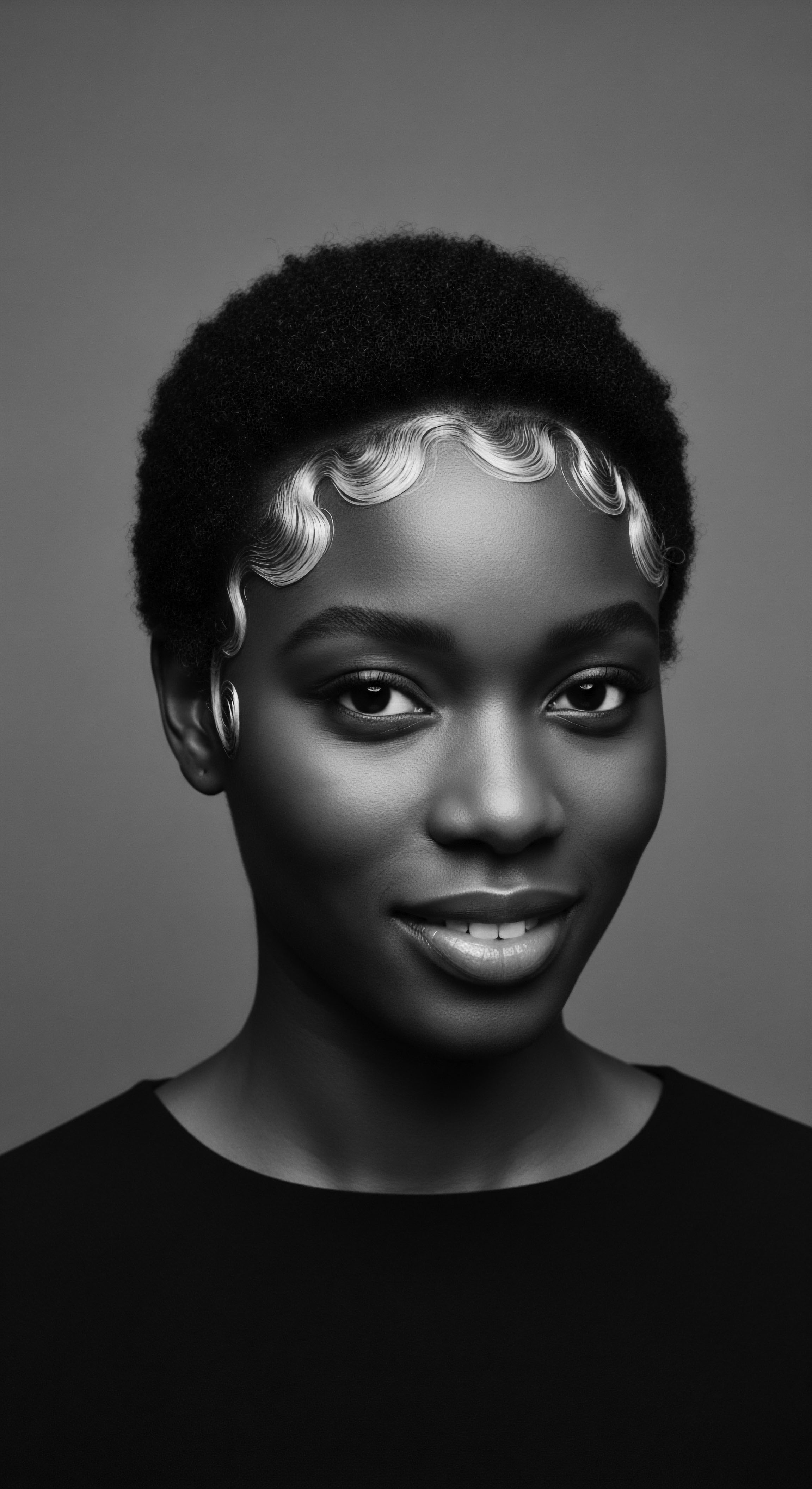
The Sacred Tools and Their Silent Stories
Every comb, every pick, every sectioning clip used in textured hair care carries a lineage. The traditional wooden combs of ancient Egypt, designed to navigate tightly coiled hair, are direct ancestors to the wide-tooth combs and picks we use today. These tools are not inert objects; they are extensions of the hands that have tended, sculpted, and adorned textured hair for generations. The evolution of these tools, from hand-carved implements to industrially manufactured ones, mirrors the journey of Black and mixed-race communities through different eras, each bringing new challenges and adaptations in hair care.
Even seemingly innocuous tools like the hot comb, introduced in the late 19th and early 20th centuries, hold complex stories. While offering a means to achieve straightened styles, often under immense societal pressure to conform, its use also represented a mastery of a new technique, a transformation. The ritual of ‘pressing’ hair, often done communally, became a shared experience, a quiet moment of care, even if driven by external expectations. It was a skill passed down, becoming a part of the hair care heritage for many, despite its fraught origins.
The persistent knowledge of protective styles and the evolution of hair care tools reflect a profound cultural resilience against oppressive beauty standards.
Consider the Significance of Materials in these tools:
- Wood ❉ Often used for combs and picks in traditional African societies, wood was chosen for its gentle touch on delicate strands, preventing breakage and static.
- Bone or Ivory ❉ In ancient cultures, these materials signified status and were often intricately carved, turning functional tools into works of art.
- Metal ❉ The advent of metal combs, particularly hot combs, marked a shift towards heat-based styling, a direct response to prevailing beauty norms and an expansion of styling possibilities.

Transformations as Defiance and Adaptation
The concept of transformation in textured hair styling encompasses both the physical alteration of hair and the profound societal shifts it represents. From the elaborate coiffures of ancient royalty to the natural hair movement of today, hair has always been a canvas for identity. The historical laws attempting to control textured hair, whether through overt prohibitions or through the enforcement of ‘acceptable’ styles, directly challenged this inherent transformative power.
When African enslaved people were forced to shave their heads upon arrival in the Americas, it was not merely a hygienic measure; it was a deliberate act of stripping identity, of severing a connection to heritage and community. Yet, even in such dehumanizing conditions, ingenuity flourished. Simple braids, often hidden under head wraps, became a quiet defiance, a way to maintain a piece of self and cultural memory. Later, the act of straightening hair, while often seen as capitulation to white beauty standards, was also a strategy for survival, for economic advancement, for navigating a hostile world.
It was a complex adaptation, a transformation driven by necessity, yet it never fully eclipsed the deeply rooted heritage of natural hair. The current resurgence of natural hair movements is a powerful reclaiming of these ancestral transformations, celebrating the innate beauty and versatility of textured hair.

Relay
The historical significance of textured hair laws extends beyond the past; it is a relay race of influence, passing batons of societal norms, resistance, and cultural reclamation from one generation to the next. The deep understanding of these laws requires a journey beyond surface narratives, a consideration of their theoretical underpinnings, and their sustained echoes in contemporary society. We find ourselves in an ongoing conversation with these historical mandates, their legacy shaping perceptions, informing legal frameworks, and compelling continued advocacy for the freedom of hair expression.
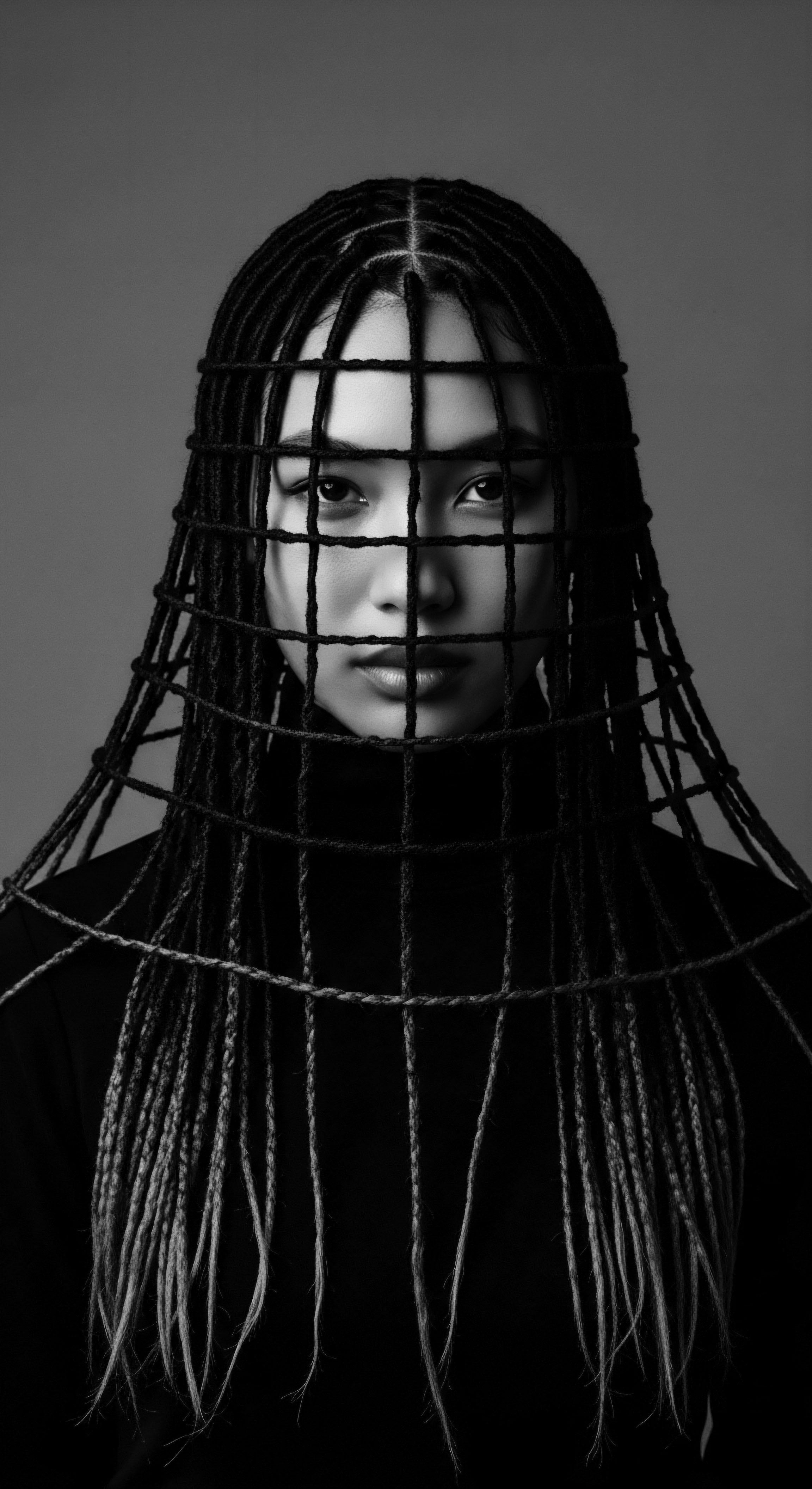
The Socio-Legal Underpinnings of Hair Control
At its core, the regulation of textured hair stemmed from a desire for social control, often cloaked in rhetoric of ‘order,’ ‘decency,’ or ‘hygiene.’ Scholars in critical race theory and legal history illuminate how laws, whether written or unwritten, functioned to reinforce racial hierarchies. In colonial contexts, the suppression of traditional African hairstyles served to dehumanize enslaved people, stripping them of their cultural markers and promoting an ideology of inferiority. This was not a random act; it was a deliberate strategy to dismantle collective identity and resistance.
The very concept of ‘good hair’ versus ‘bad hair’ became a social construct enforced through various means, including employment discrimination and school policies. This distinction was not based on inherent hair health or beauty, but on proximity to Eurocentric hair textures. In many instances, Black individuals faced overt discrimination or economic penalties if their hair was deemed ‘unprofessional’ or ‘distracting,’ terms often applied exclusively to natural textured styles. This created a profound dilemma for individuals ❉ conform to survive, or resist and risk livelihoods.
Historic hair regulations, often unwritten, served as instruments of social control, reinforcing racial hierarchies through their impact on Black and mixed-race self-expression.
The academic work of writers like bell hooks has critically examined how beauty standards, including those applied to hair, have been historically deployed as tools of oppression, compelling Black women, particularly, to internalize derogatory messages about their natural appearance. (hooks, 1995) These internalized biases then became self-perpetuating, making the struggle for hair freedom a battle not only against external laws but also against inherited perceptions.

Echoes in the Workplace and Schools Today
While overt ‘textured hair laws’ are rare in the modern legal landscape, their legacy persists in subtle yet pervasive forms of discrimination. The CROWN Act (Creating a Respectful and Open World for Natural Hair), which has been adopted in various U.S. states and cities, and is being considered at the federal level, stands as direct evidence of this enduring issue.
This legislation specifically prohibits discrimination based on hair texture and protective styles associated with race. Its necessity in the 21st century underscores how deep the historical roots of hair-based bias truly run.
Consider specific instances that prompted such modern legislation. Case studies abound where Black individuals, particularly women, have been disciplined or dismissed from jobs, or sent home from school, for wearing natural styles like locs, braids, or Afros. These incidents, while framed as violations of ‘professionalism’ or ‘dress codes,’ are direct descendants of the historical attempts to control Black appearance and identity. The logic, though softened, remains strikingly similar ❉ hair that deviates from a European standard is deemed unacceptable.
The journey from implicit bias to explicit legal protection is slow. Here are some examples of legislative efforts:
- The CROWN Act ❉ A legislative initiative to ban discrimination based on hair texture and style, recognizing hair as an inherent racial trait.
- Local Ordinances ❉ Many cities and counties passed their own anti-hair discrimination ordinances even before state-level CROWN Acts.
- Court Challenges ❉ Numerous individual lawsuits have been filed by those facing hair discrimination, gradually building legal precedent.
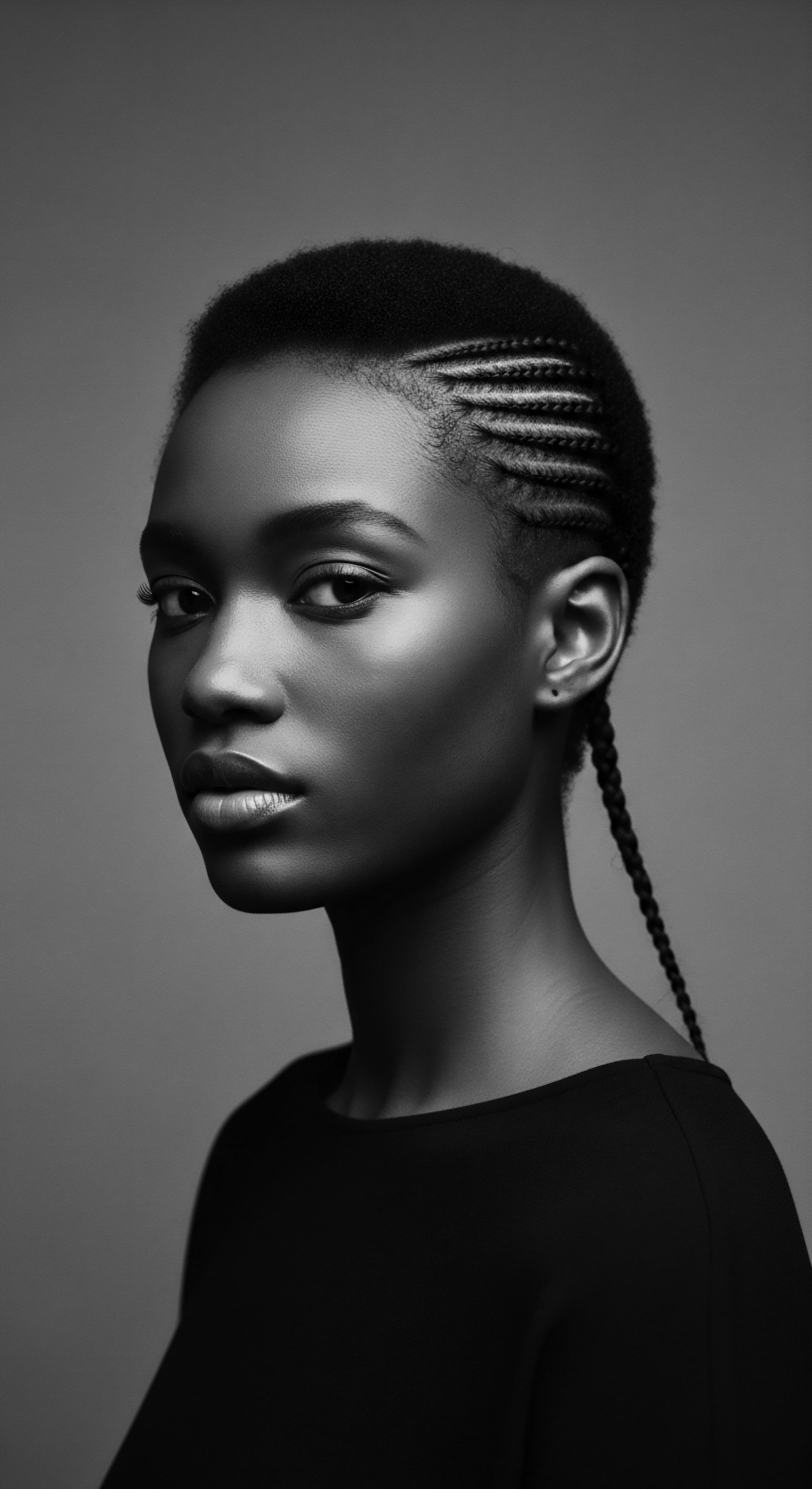
How Do Ancestral Practices Counter Modern Discrimination?
The resilience of ancestral hair practices stands as a powerful counter-narrative to the history of hair discrimination. The continued practice of traditional styling techniques, the reverence for natural hair forms, and the reclamation of hair as a source of cultural pride are acts of profound resistance and healing. When individuals choose to wear their hair in its natural state, or in protective styles that reflect their heritage, they are not merely making a fashion statement. They are participating in a living tradition, affirming their identity, and challenging the lingering effects of discriminatory histories.
Moreover, the burgeoning industry around textured hair care, driven largely by Black and mixed-race entrepreneurs, signifies an economic and cultural self-determination. This movement, rooted in ancestral knowledge of natural ingredients and holistic care, offers products and services that cater specifically to the unique needs of textured hair, bypassing the mainstream beauty industry that historically neglected or misrepresented it. This act of self-reliance, born from a need created by past exclusions, further strengthens the heritage.
The contemporary discourse around textured hair is rich with calls for equity, understanding, and celebration. It acknowledges the scars of past laws and societal pressures, but it focuses on building a future where hair is recognized as a fundamental aspect of identity and where the freedom to express one’s heritage through hair is unquestioned. This is the ultimate relay ❉ a continuous movement from historical constraint to present-day liberation, all guided by the enduring soul of a strand.
| Historical Era/Context Colonial Era (e.g. Tignon Laws) |
| Forms of Hair Regulation/Impact on Heritage Direct legal mandates forcing head coverings or specific styling to visually distinguish and subordinate Black women, undermining cultural expression and ancestral identifiers. |
| Historical Era/Context Post-Slavery/Reconstruction |
| Forms of Hair Regulation/Impact on Heritage Informal societal pressures, discriminatory social norms, and localized ordinances discouraging traditional Black hairstyles to reinforce racial hierarchy and suppress emerging autonomy. |
| Historical Era/Context Early 20th Century (Industrial Age) |
| Forms of Hair Regulation/Impact on Heritage Rise of "professionalism" standards in workplaces and schools, often implicitly (and sometimes explicitly) requiring straightened hair for Black individuals, linking conformity to economic or educational access. |
| Historical Era/Context Mid-Late 20th Century (Civil Rights Movement) |
| Forms of Hair Regulation/Impact on Heritage Natural hair (e.g. Afros) becomes a symbol of protest and Black Power, leading to backlash and continued discrimination despite growing calls for racial equality. |
| Historical Era/Context 21st Century (Modern Era, CROWN Act) |
| Forms of Hair Regulation/Impact on Heritage Recognition of enduring hair discrimination leads to specific anti-discrimination laws like the CROWN Act, acknowledging hair texture and protective styles as racial characteristics needing legal protection. |
| Historical Era/Context The journey reveals a consistent pattern ❉ attempts to control Black and mixed-race hair are fundamentally about controlling identity and maintaining social order through racialized beauty standards. |
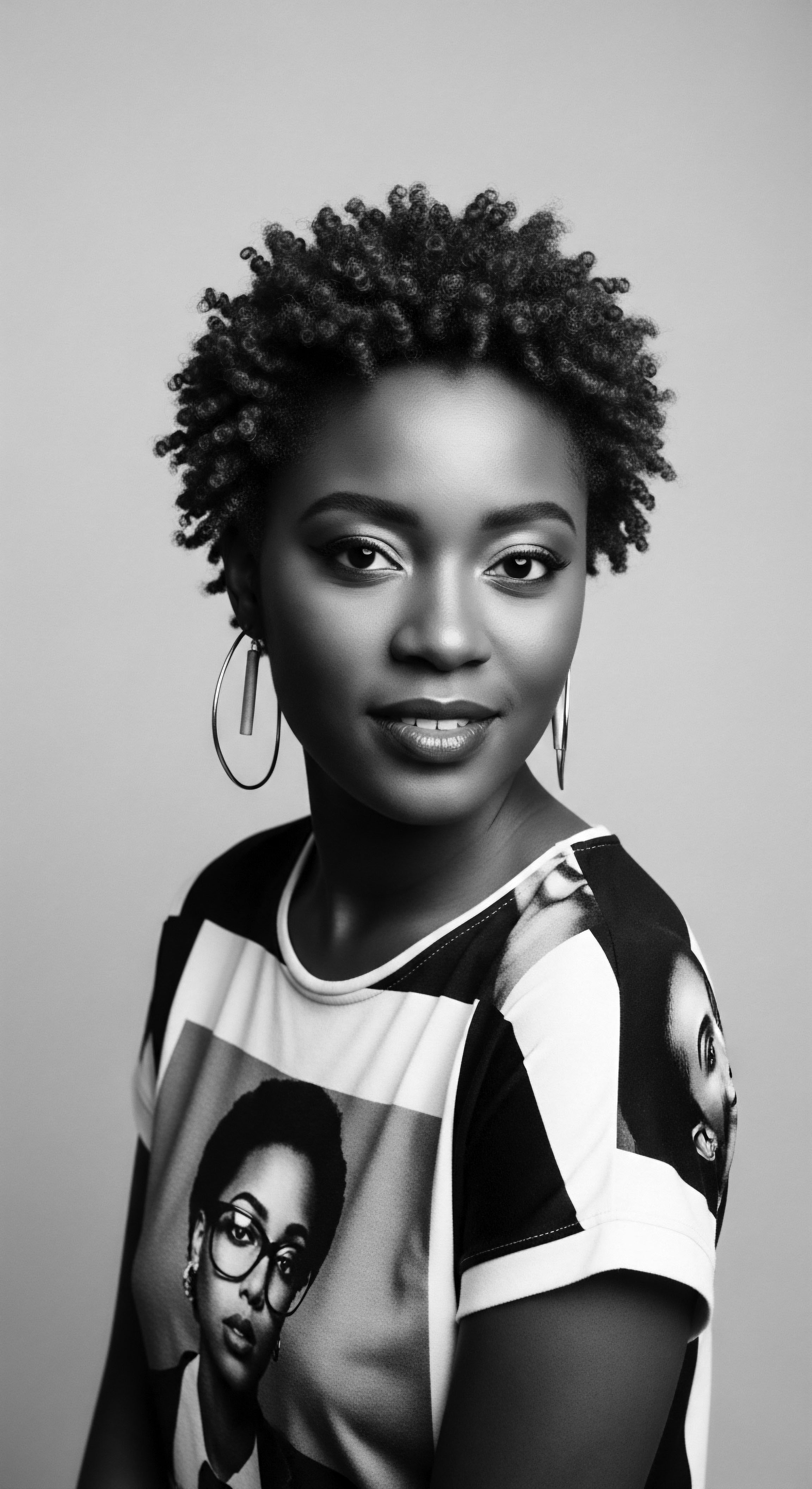
Reflection
To consider the historical significance of textured hair laws is to gaze into a mirror reflecting not only past injustices, but also the enduring spirit of human resilience and the boundless creativity inherent in Black and mixed-race communities. Each statute, each unspoken rule, each prejudiced glance aimed at a head of coiled or braided hair, served as a marker in a long and arduous struggle for self-definition. Yet, in defiance of these efforts to diminish, the heritage of textured hair has persisted, not as a static artifact, but as a living, breathing archive of traditions, care, and collective memory.
The story of these laws is not one of total subjugation, but rather a testament to the profound connection individuals maintain with their ancestral roots, even under immense pressure. It is a story of how the very act of tending to one’s hair, of preserving traditional styles, or of simply wearing one’s hair in its natural glory, could become a powerful act of protest, a quiet revolution carried on the scalp. The wellness Roothea advocates, a holistic communion with one’s hair, finds its genesis in this deep history—a legacy of care born from both necessity and a steadfast refusal to yield.
The journey of these laws, from their origins in racialized control to the contemporary fight for hair freedom, illuminates the remarkable tenacity of heritage. It shows how the soul of a strand, infused with the wisdom of the ages, continues its unbound helix, spiraling onward, always remembering its source, and always reaching for liberation.
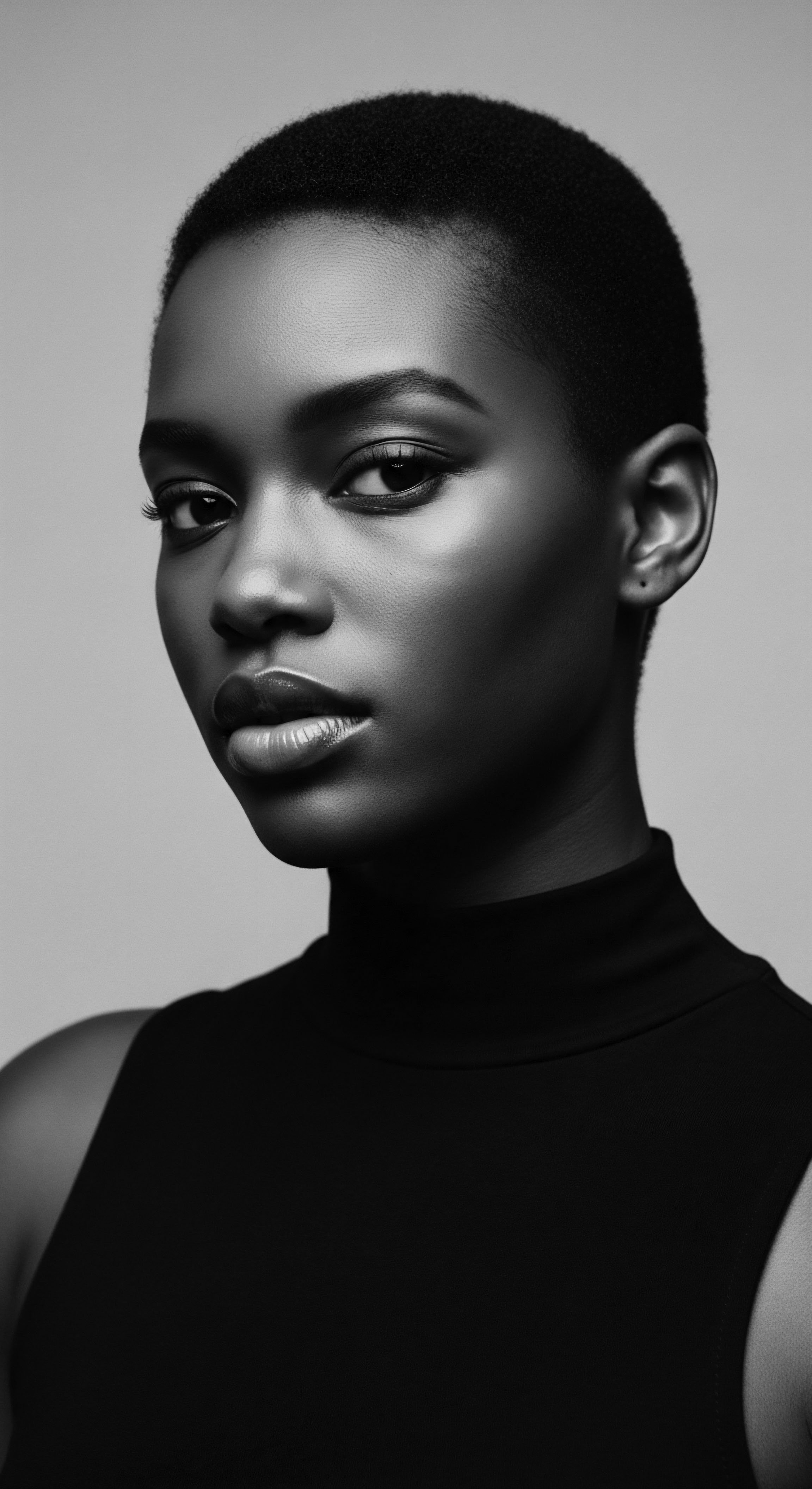
References
- Morgan, Monica. 2018. The Hair Scare ❉ African American Women, Beauty Culture, and the Civil Rights Movement. University of North Carolina Press.
- hooks, bell. 1995. Art on My Mind ❉ Visual Politics. The New Press.
- Byrd, Ayana, and Lori L. Tharps. 2001. Hair Story ❉ Untangling the Roots of Black Hair in America. St. Martin’s Press.
- Garth, Nicole. 2017. Cutting Loose ❉ The Hair Industry and the Invention of the Black Woman. NYU Press.
- Mercer, Kobena. 1994. Welcome to the Jungle ❉ New Positions in Black Cultural Studies. Routledge.
- Akbar, Na’im. 1999. Light from Ancient Africa. New Mind Productions.
- White, Deborah Gray. 1999. Ar’n’t I a Woman? ❉ Female Slaves in the Plantation South. W. W. Norton & Company.
- Williams, Carla. 2007. The Black Body in the Age of Photography. University of California Press.
